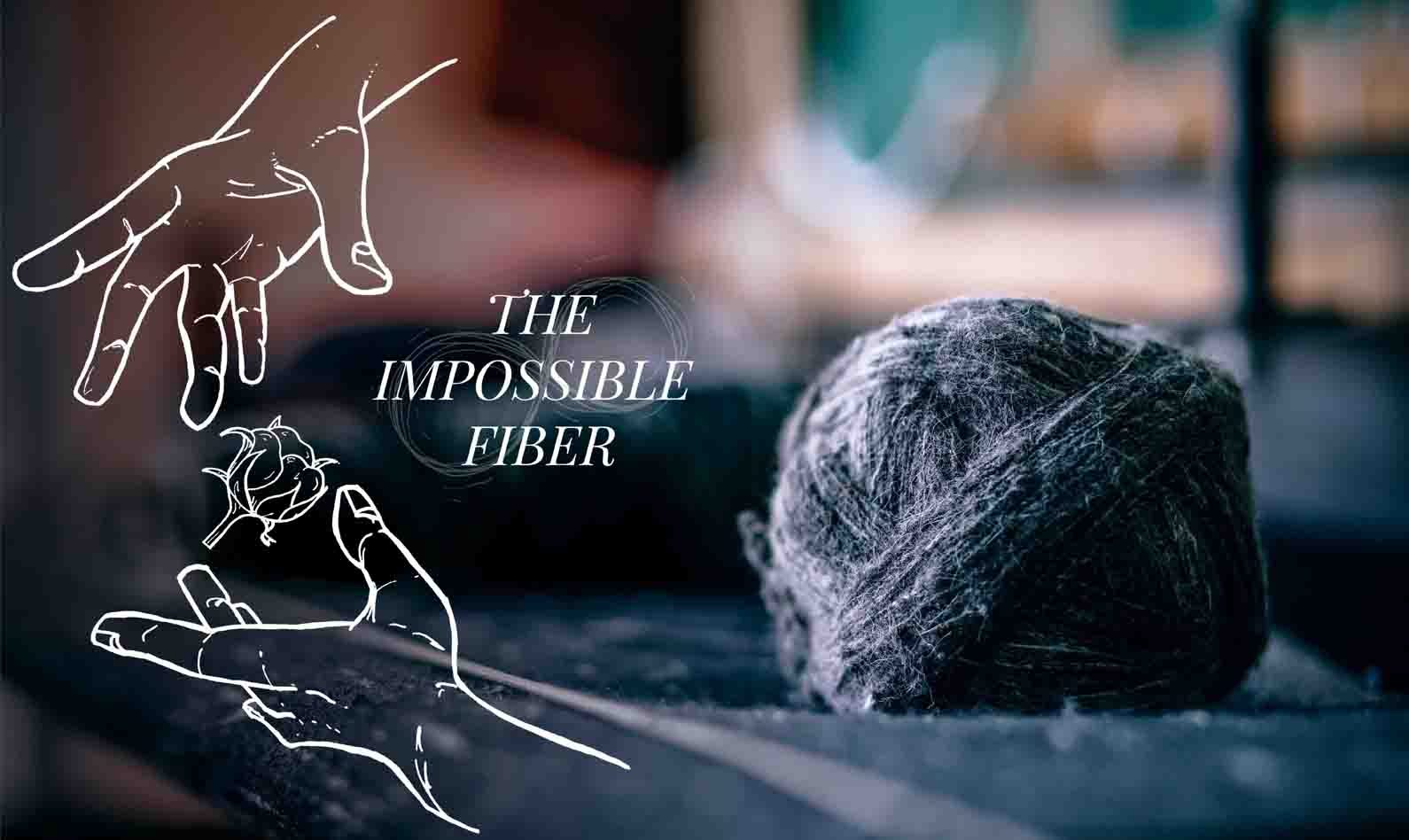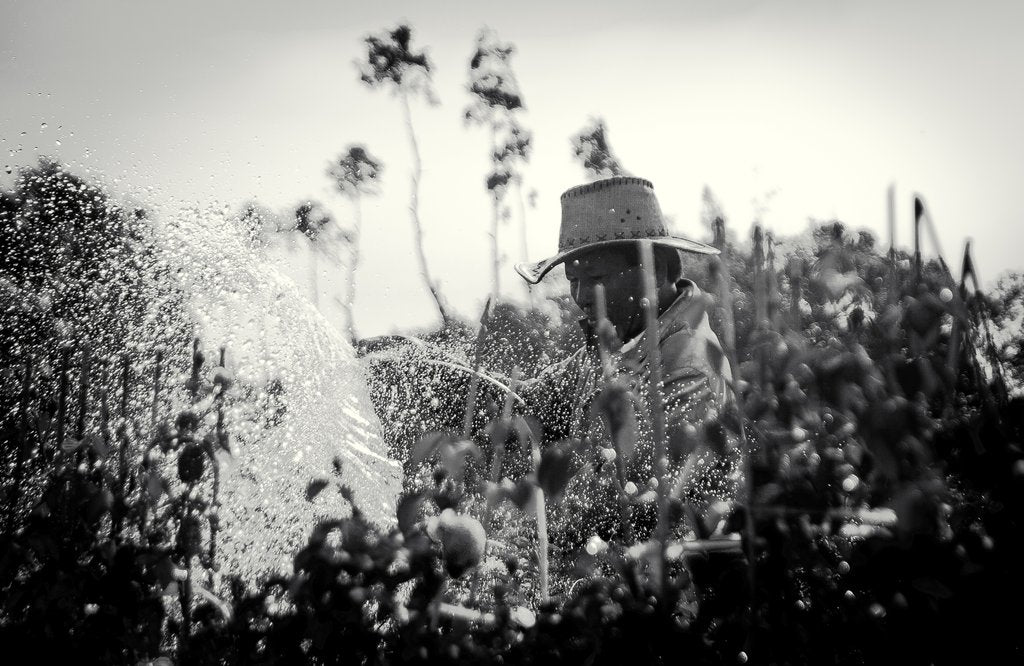Traditionally known as Diitiida, the Jordan River is the original home of of the Pacheedaht First Nation. It is a small community just north of Victoria that seems to constantly draw us out of the city to experience its natural beauty. Some of our brightest ideas were born out in the waves at the mouth of the river itself—we even got our name from the Sitka spruce trees that grow along the coastline. We often spot our customers out there daydreaming too. Suffice it to say, it’s a special place to us at Sitka.

Reach Gravel Site after Gravel Placement. Photo provided by David Burt.
Many of those who pass through Jordan River aren’t aware of the environmental catastrophe that destroyed the balance of this important watershed years ago. Historically, the river was rich with life, supporting salmon runs so healthy you could imagine walking across the silvery stream of fish and not get wet.
Unfortunately, the watershed had since been contaminated to the extent that there are virtually no fish to be found in this part of the river.
History
Since 1910 the Jordan River has been the site of several industrial development projects, including logging, hydro damming and mining. In the sixties and seventies, copper mining hit its peak, and while production was managed in keeping with the environmental regulations of the time, by today’s standards it was disastrous.

Copper Mine, 1958. Photo provided by Wayne Jackaman.
One of the byproducts of copper mining is a waste material known as tailings, a slurry of fine mineral particles and water. While the mine was still operational, tailings were pumped down a pipe and discharged into the ocean in the bay, a kilometer east of the mouth of the river. If you’ve frequented Jordan River, you may have heard of Sewers, a popular spot for surfers and sea gazers. Turns out it was named for the tailings pipe that pumped waste out to sea.
In the 1950s, an extensive underground copper mining operation was developed four kilometres upstream from the mouth of the river. Ore was extracted from various tunnels called adits, processed in a large underground cavern, and transported as a concentrate via a two kilometer tunnel to a portal on the west side of the river.

Copper Mill, from the 1950's. Photo provided by Wayne Jackaman.
In 1963, ore extraction got too close to the surface in a tunnel below the river and the roof collapsed, flooding the cavern and forcing water down the access tunnel. At some point, the access tunnel plugged with debris, and the tremendous pressure buildup caused an explosive blow-out to the surface. The river then carved a new path back to the main channel, carrying earth and trees with it.
After this incident, the tunnels were repaired and mining operations resumed, but the access tunnel was plagued by multiple cave-ins until the Ministry of Mines ordered the mine closed in 1974. Decades later you can still see the pieces of rock, metal, wire and other debris that were ejected from the mine in the 1963 explosion.

River zone adit and river cave in. Photo provided by David Burt.
Legacy
Today, one of the most problematic legacies of the mine is a leftover waste pile located on the west bank of the river. The pile has been leeching high concentrations of dissolved copper into the river for more than fifty years and waters adjacent and downstream have been found to contain remarkably high concentrations of metals. Copper concentrations have measured up to 150 times the BC Water Quality Guideline (BCWQG) for freshwater and marine aquatic life environments (Cu values have been reported at 300 ug/L, while the BCWQG for copper contamination is < 2 ug/L). Though it’s not necessarily harmful to humans, this level of metal concentration can be a threat to the survival of fish, insects and other aquatic organisms.

Pan of Mine Waste Pile. Photo provided by David Burt.
To better understand the sources and effect of the copper contamination, in 2016 the BC Ministry of Environment requested the completion of several field studies which resulted in the classification of the contaminated area as “high risk.” This means it poses serious risks to human health and/or the environment, and legally requires timely investigation and remediation.
The legacy of mining is not the only factor in the current state of the Jordan River. Hydro generation on the river has, over the years, had a devastating effect on the salmon spawning habitat. This is in part due to dams disrupting the normal scouring and replenishment of gravel in the river, which is critical for healthy salmon rearing.
On a positive note, since 2008 the Elliot Dam has opened up water flows during dry summer months to enable fish migration, which has also had the effect of diluting copper in parts of the river. This is part of the Jordan River Water Use Plan which attempts to provide a better balance between power production and the needs of fish.

Elliot Dam Fish Release. Photo provided by David Burt
Other potential threats to the overall health of the local environment include evidence of metal and hydrocarbon contamination associated with an abandoned power station, as well as the original townsite and forestry camp, which may require remediation.
Moving Forward
We’re now at a critical turning point, which could allow the Jordan River to become a model for other areas where industrial activities have caused environmental degradation. It starts with developing a deeper understanding of the complex problems facing the Jordan River watershed, and working together to find proactive solutions.
The Sika Society for Conservation is among the members of the Jordan River Watershed Roundtable (JWRT), a multi-stakeholder group dedicated to remediating the Jordan River and restoring the salmon population to pre-industrial levels.
Salmon are one of the most significant life sustaining forces in the river ecosystems of the Pacific Northwest. Not only are they of great importance to humans, including indigenous peoples, salmon carry rich marine nutrients upstream, supporting forest growth and contributing to a healthy food web including dozens of species of mammals, birds and fish. The absence of salmon indicates that human encroachment has gone too far, and if this pattern is not reversed the entire ecosystem will continue to degrade.
The success of the JWRT will be largely dependent on contributions from the industrial developers involved, including Teck Resources (a subsidiary of Teck was responsible for the copper mine during its operations) and BC Hydro, which manages hydroelectric operations on the river.
The JWRT is also supported by the Pacheedaht First Nation, a number of community groups and government organizations, and residents of Jordan River. The complete membership of the JWRT includes:
- Pacheedaht First Nation
- Fisheries and Oceans Canada
- B.C. Ministry of Forests, Lands and Natural Resource Operations
- Jordan River Community Association
- Sooke Salmon Enhancement Society
- BC Hydro
- Capital Regional District (CRD)
- Queesto Community Forest Ltd
- New Sunro Mine
- Teck Resources Ltd
- Ken Farquharson
- D. Burt and Associates
- Artemis Wildlife Consultants
- Jamie Constable (Water, Innovation & Global Governance Lab, UVic)
- Concerned citizens including Wayne Jackaman and David Burt
- Sitka Society for Conservation

Photo of the Jordan River Mine site from the 1950s. Photo provided by Wayne Jackaman
We sat down with Wayne Jackaman, a long time resident of Jordan River whose background working in the mining industry in BC caused him to take an interest in finding a solution to the problems in his community. Wayne explained how the various parties on the roundtable are working together toward the shared goal of returning the river to a healthy state.
“The roundtable is a great venue for us to start applying funding, identifying things that need to get done, and getting lots of stakeholders involved in the process,” Wayne explained. “Using this model, we expect that at some point in the not-so-distant future we will see salmon coming back to the area.”
He added that the participation of the industrial operators in the area is particularly important, “Teck, which is one of largest mining companies in the world, has taken on a lead role as a legacy operator of the mine. They didn’t have to but they stepped up.”
Over the coming months, the SSC will be meeting regularly with the JWRT as we work to develop a better understanding of the extent of the contamination, and implement strategies to restore the balance in the watershed. Our ultimate goal is to enable salmon to repopulate the river at historic levels.
Members of the SSC will be updated regularly on the progress of this project. If you haven’t joined yet, you can become a member of the SSC and start supporting this initiative today.
As Wayne puts, it, “the time is right. If we don’t step up now, make certain people accountable and take responsibility for doing some of the cleanup, we may never get this opportunity again.”


